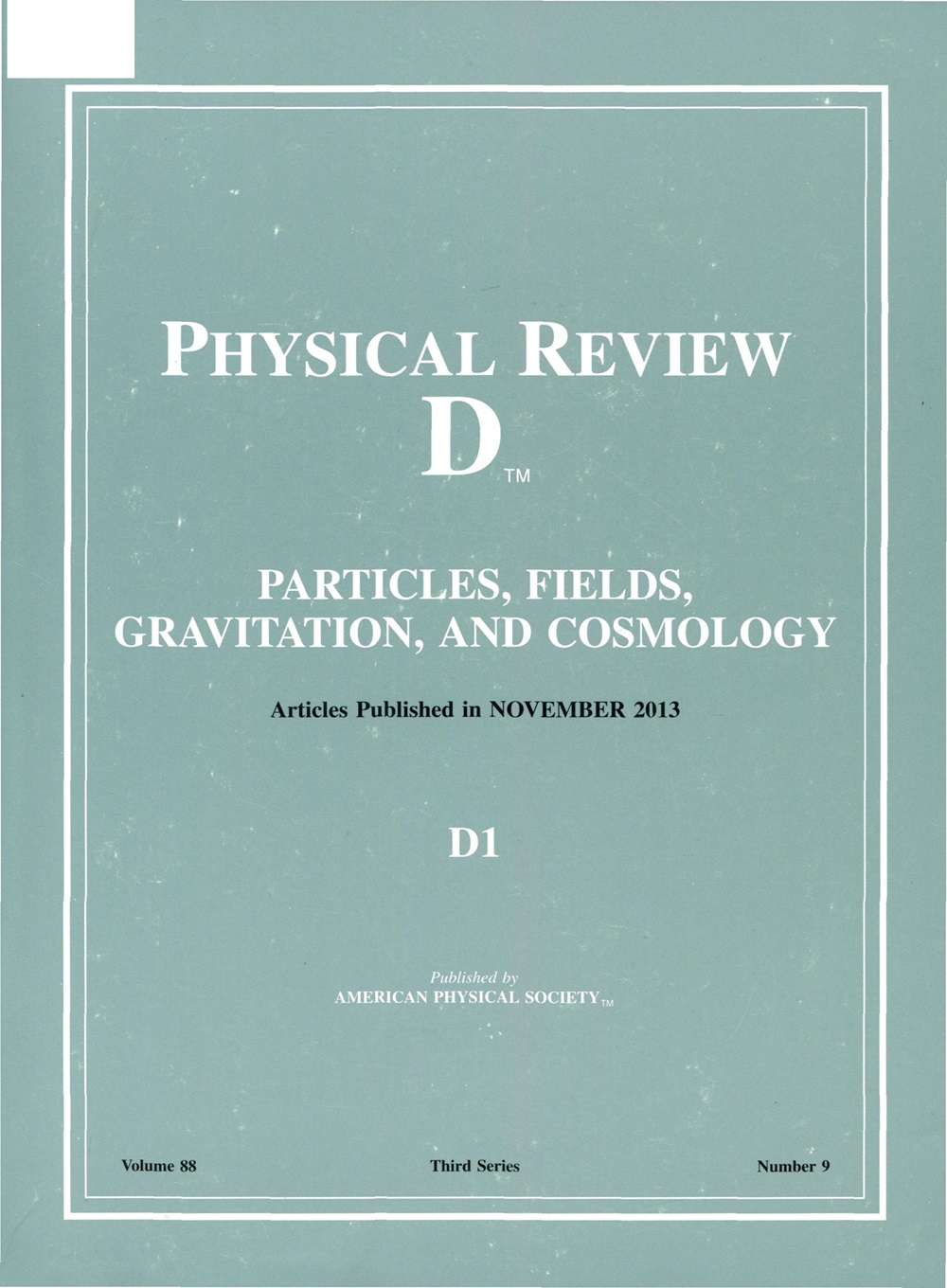Aspects of gravitational portals and freeze-in during reheating
IF 5
2区 物理与天体物理
Q1 Physics and Astronomy
引用次数: 0
Abstract
We conduct a systematic investigation of freeze-in during reheating while taking care to include both direct and indirect production of dark matter (DM) via gravitational portals and inflaton decay. Direct production of DM can occur via gravitational scattering of the inflaton, while indirect production occurs through scattering in the Standard Model radiation bath. We consider two main contributions to the radiation bath during reheating. The first, which may dominate at the onset of the reheating process, is produced via gravitational scattering of the inflaton. The second (and more standard contribution) comes from inflaton decay. We consider a broad class of DM production rates parametrized as Rχ∝Tn+6/Λn+2, and inflaton potentials with a power-law form求助全文
约1分钟内获得全文
求助全文
来源期刊

Physical Review D
物理-天文与天体物理
CiteScore
9.20
自引率
36.00%
发文量
0
审稿时长
2 months
期刊介绍:
Physical Review D (PRD) is a leading journal in elementary particle physics, field theory, gravitation, and cosmology and is one of the top-cited journals in high-energy physics.
PRD covers experimental and theoretical results in all aspects of particle physics, field theory, gravitation and cosmology, including:
Particle physics experiments,
Electroweak interactions,
Strong interactions,
Lattice field theories, lattice QCD,
Beyond the standard model physics,
Phenomenological aspects of field theory, general methods,
Gravity, cosmology, cosmic rays,
Astrophysics and astroparticle physics,
General relativity,
Formal aspects of field theory, field theory in curved space,
String theory, quantum gravity, gauge/gravity duality.
 求助内容:
求助内容: 应助结果提醒方式:
应助结果提醒方式:


